La colección Dossier Cuba 21 constituyen publicaciones monotemáticas que han sido escritas a solicitud expresa de Cuba Siglo 21 por especialistas en los múltiples campos y factores que inciden en la evolución actual de la realidad cubana.
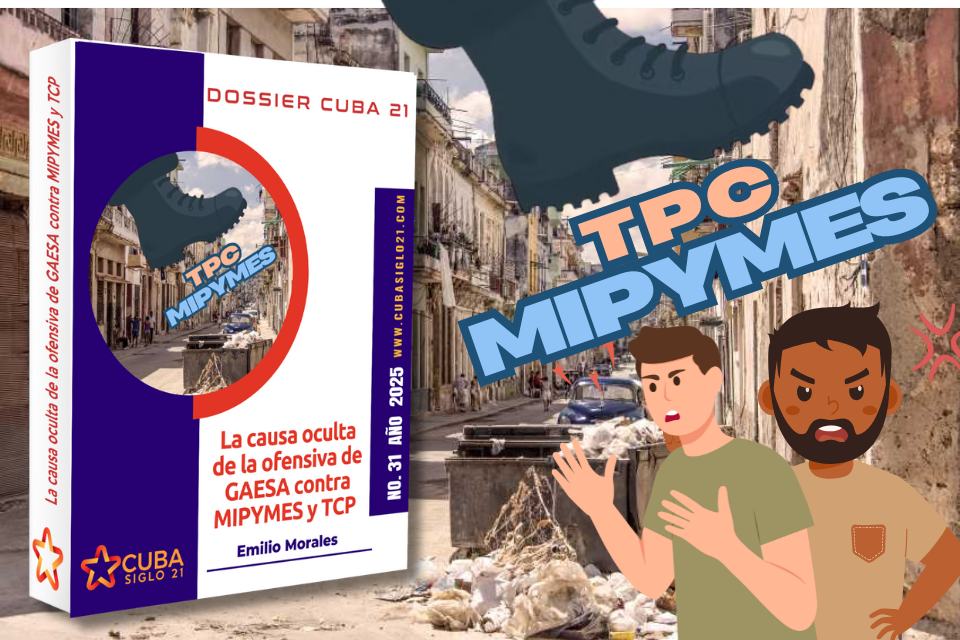
La causa oculta de la ofensiva de GAESA contra MIPYMES y TCP
GAESA pierde el control de las remesas. Las remesas, principal fuente de ingresos en divisas del gobierno, cayeron un 43% en 2024 respecto al año anterior y un 70% en comparación con 2019.

CUBA 2025: POSIBILIDADES Y PROBABILIDADES
Con una gobernabilidad frágil, con altos niveles de descontento social y un éxodo masivo de un millón de cubanos en los últimos tres años, el cambio de regimen en Cuba es posible en 2025.
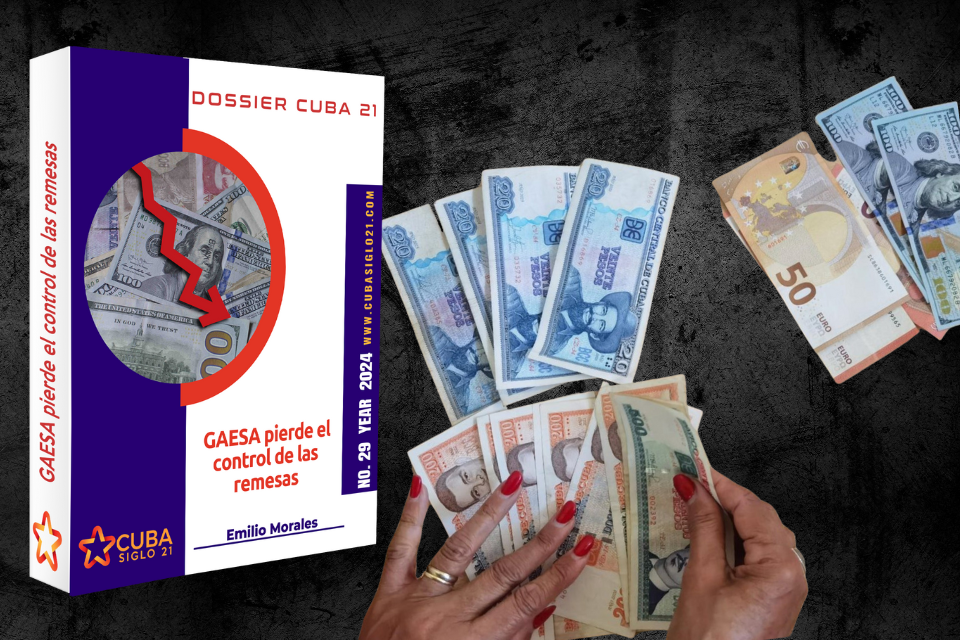
GAESA pierde el control de las remesas
GAESA ha perdido el control del negocio de las remesas en Cuba, debido a una silenciosa “rebelión financiera ciudadana” contra su monopolio bancario. Algo más del 95% del flujo de remesas de la diáspora cubana hacia la isla está siendo canalizada a través de una red de más de 150 “bancos informales”.

GAESA también apaga la industria turística
Entre enero y octubre de 2024, llegaron 1,718,636 visitantes, una caída del 48.23% respecto al mismo periodo en 2019 -antes de la pandemia-. En 2023, los ingresos turísticos alcanzaron solo 1,216 millones de dólares, una caída del 61.82% comparado con los 3,185 millones obtenidos en 2019.
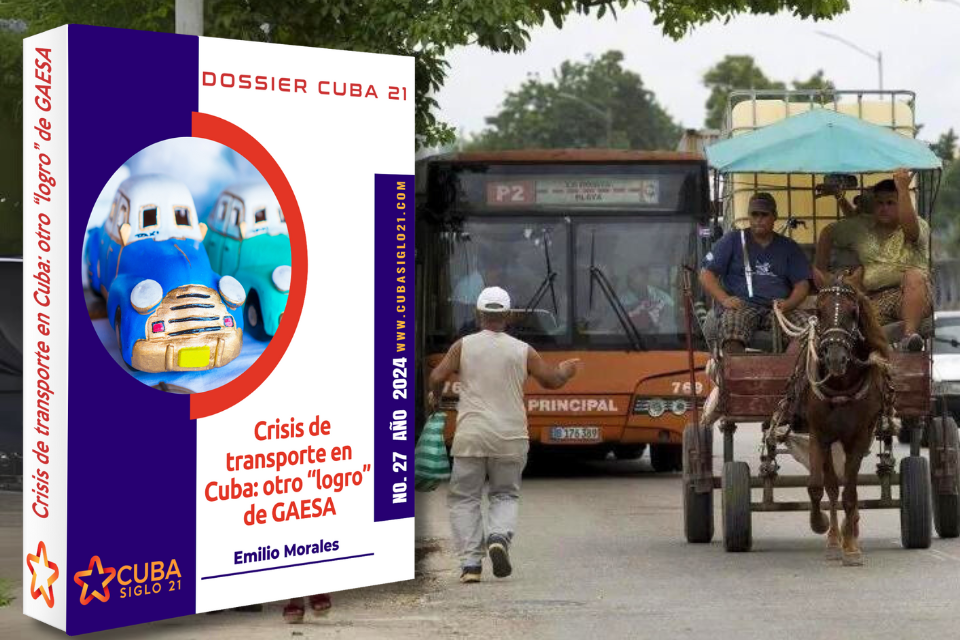
Crisis de transporte en Cuba: otro “logro” de GAESA
El sector de transporte es otro de los sectores importantes de la economía que es víctima del saqueo y el que control que tiene GAESA –principal organización oligárquico-mafiosa del régimen cubano– sobre las finanzas del país.

El Inútil Megafraude de Nicolás Maduro
El megafraude de Maduro resultó inútil. Perdió y todo el mundo lo sabe. Sin embargo, su voluntad de aferrarse al poder a sangre y fuego siguiendo las instrucciones de La Habana ha convertido a Venezuela en un problema neurálgico para la estabilidad regional e internacional.
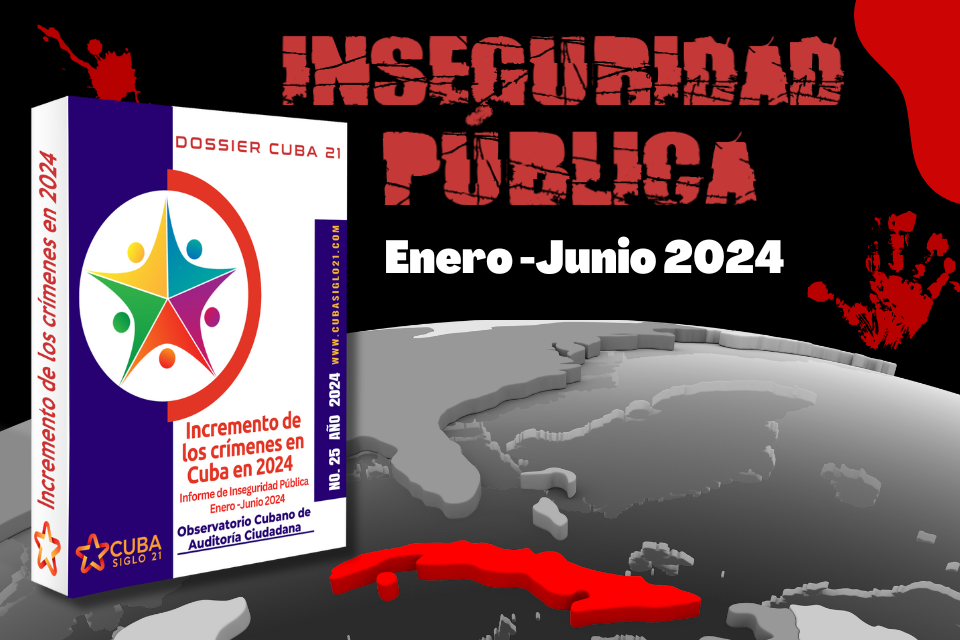
Incremento de los crímenes en Cuba en 2024: Informe de Inseguridad Ciudadana
El primer semestre de 2024 revela un preocupante aumento de la criminalidad en comparación con el mismo período del año anterior. En total, se reportaron 432 delitos entre enero y junio de 2024, lo que representa un promedio diario de 2.37 crímenes.

El auge del crimen en Cuba 2023: Informe de Inseguridad Pública
El 2023 fue el año en que la criminalidad comenzó a ser reconocida como un problema en Cuba. A lo largo de 2023, el OCAC monitoreó y recopiló un total de 649 reportes de crímenes en Cuba, lo que equivale a casi dos crímenes por día.
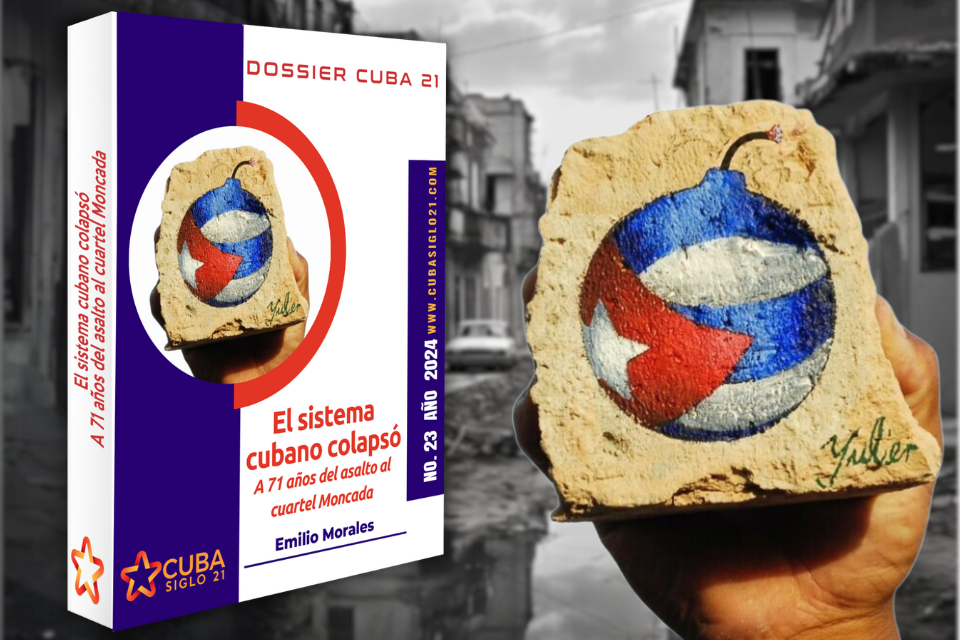
El sistema cubano colapsó: a 71 años del asalto al cuartel Moncada
La caída de forma conjunta en más de un 50% de las tres principales líneas de ingresos de Cuba —exportación de servicios médicos, remesas y turismo— ha acelerado el colapso del sistema. La celebración de este 26 de julio es un día que comienza a marcar la cuenta regresiva de la extinción del régimen cubano dada la profundidad de la crisis en la que se encuentra empantanado y su incapacidad manifiesta para salir de ella.
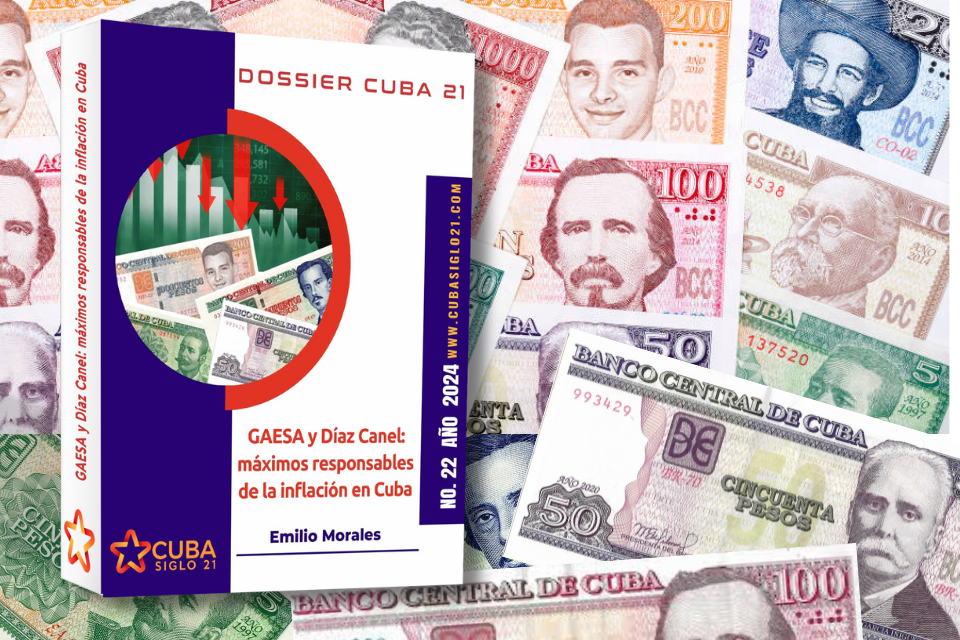
GAESA y Díaz Canel: máximos responsables de la inflación en Cuba
La caída del peso cubano (CUP) frente al dólar experimentada en las últimas semanas denota la incapacidad del gobierno para revertir esta situación que ya se ha ido fuera de control. Los grandes culpables de la inflación son GAESA –vinculada al clan Castro y sus allegados– y Miguel Díaz Canel, el presidente impuesto por Raúl Castro.

The Hidden Cause of GAESA’s Offensive Against MSMEs and Self-Employed Workers
Remittances, the government’s main source of foreign currency income, fell 43% in 2024 compared to the previous year and 70% compared to 2019.

CUBA 2025: POSSIBILITIES AND PROBABILITIES
With fragile governability, high levels of social discontent and a massive exodus of one million Cubans in the last three years, the change of regimen in Cuba is possible in 2025.

GAESA loses control of remittances
GAESA has lost control of the remittance business in Cuba, due to a quiet “citizens’ financial rebellion” against its banking monopoly. Just over 95% of the flow of remittances from the Cuban diaspora to the island is being channeled through a network of more than 150 “informal banks”. GAESA will only collect around US$81.6 million at the end of this year.
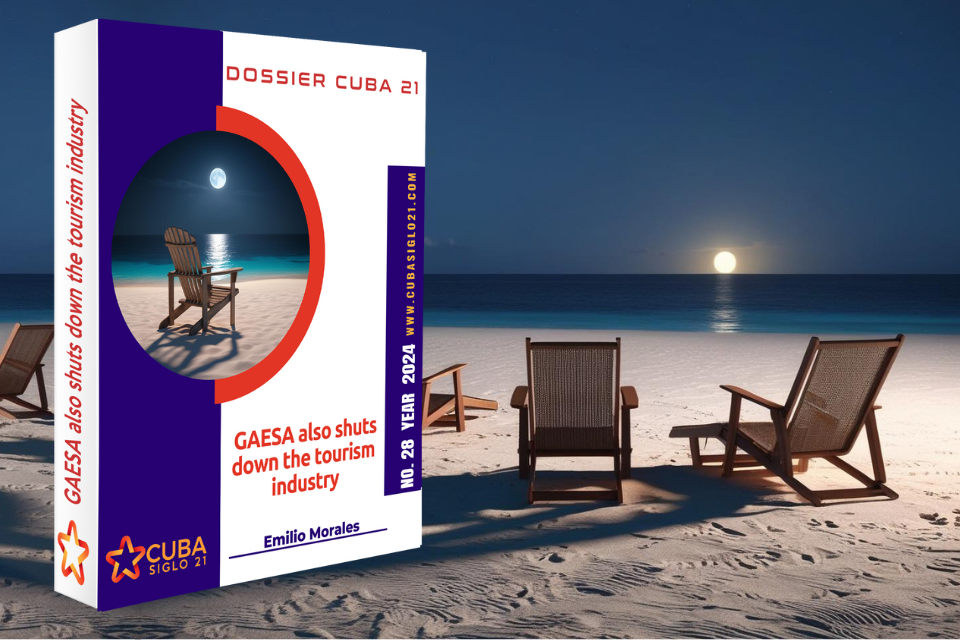
GAESA also shuts down the tourism industry
Between January and October 2024, 1,718,636 visitors arrived, a drop of 48.23% compared to the same period in 2019, before the pandemic. In 2023, tourism revenues reached only US$1.216 billion, a drop of 61.82% compared to the US$3.185 billion obtained in 2019. The recovery of tourism in Cuba requires profound structural changes.
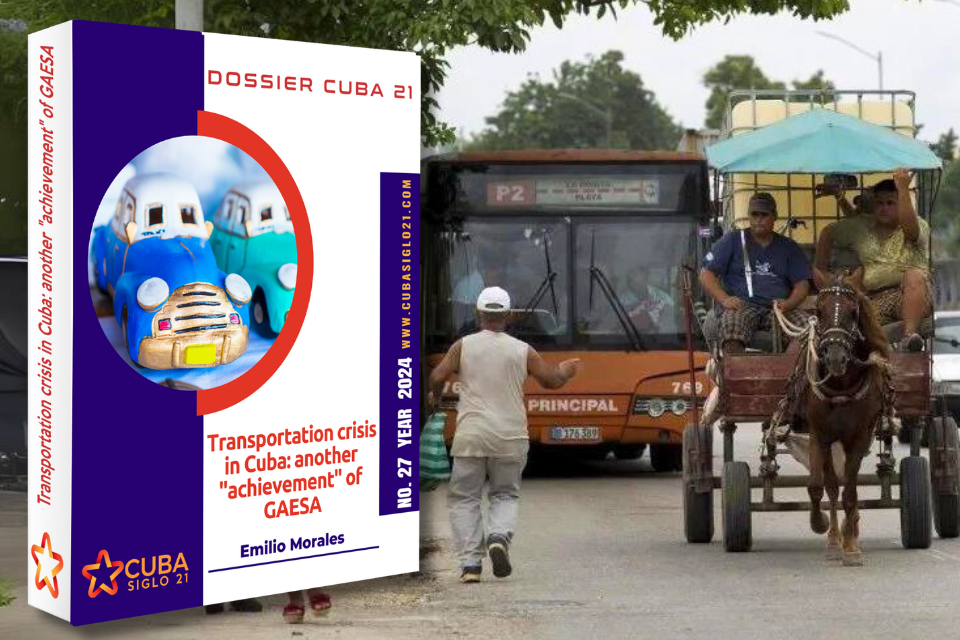
Transportation crisis in Cuba: another “achievement” of GAESA
The transportation sector is another important sector of the economy that is a victim of the looting and the control that GAESA -the main oligarchic-mafioso organization of the Cuban regime- has over the country’s finances.
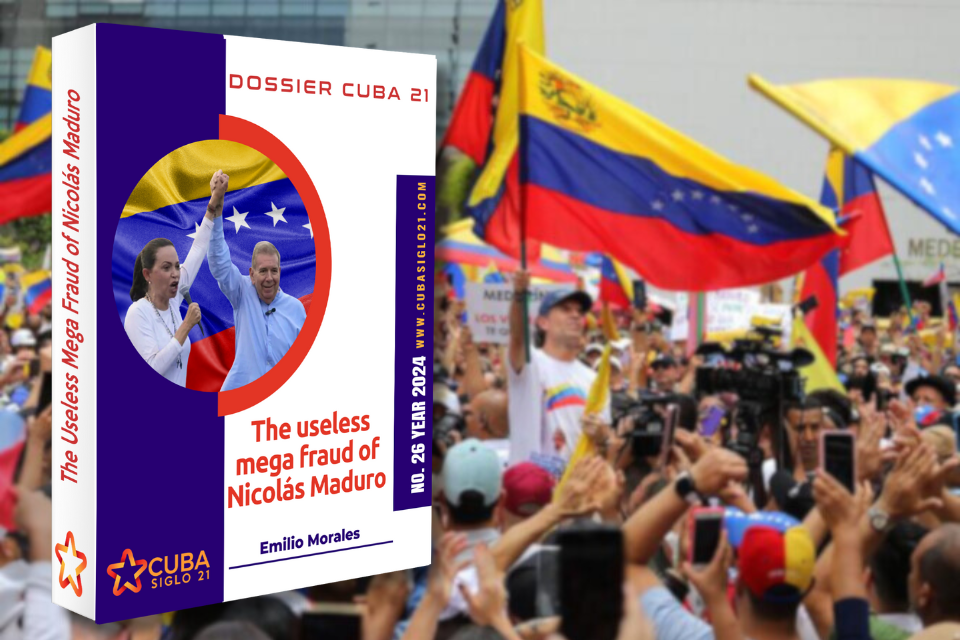
The Useless Mega Fraud of Nicolás Maduro
Maduro’s mega-fraud turned out to be useless. He lost and everybody knows it. However, his will to cling to power by blood and fire following Havana’s instructions has turned Venezuela into a neuralgic problem for regional and international stability. But the struggle for Venezuela’s future is far from over.
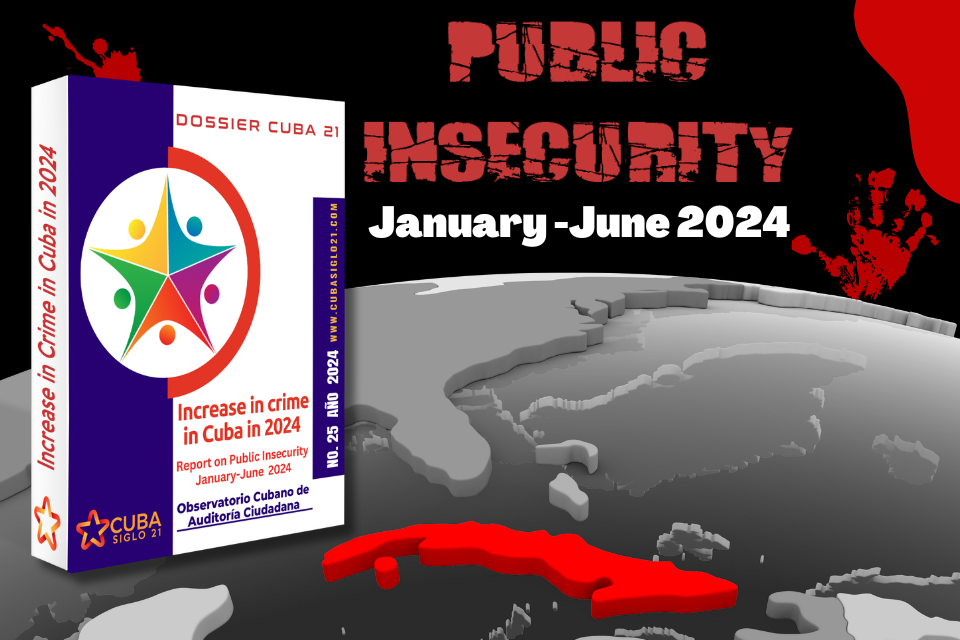
Increase in crime in Cuba in 2024: Public Insecurity Report
During the first half of 2024 reveals a worrysome increase in crime compared to the same period of the previous year. In total, 432 crimes were reported between January and June 2024, representing a daily average of 2.37 crimes.

The rise of crime in Cuba 2023: Report of Public Insecurity
2023 was the year in which crime began to be recognized as a problem in Cuba. Throughout 2023, OCAC monitored and collected a total of 649 crime reports in Cuba, which is equivalent to almost two crimes per day.

The Cuban system collapsed: 71 years after the assault on the Moncada barracks
The sharp drop of more than 50% of the Cuba’s three main lines of income – medical exports, remittances and tourism – have hastened the collapse of the governance regime. The celebration of 26 of July is a day that begins to mark the countdown to the extinction of the Cuban regime, given the depth of the crisis in which it is mired and its manifest incapacity to get out of it.
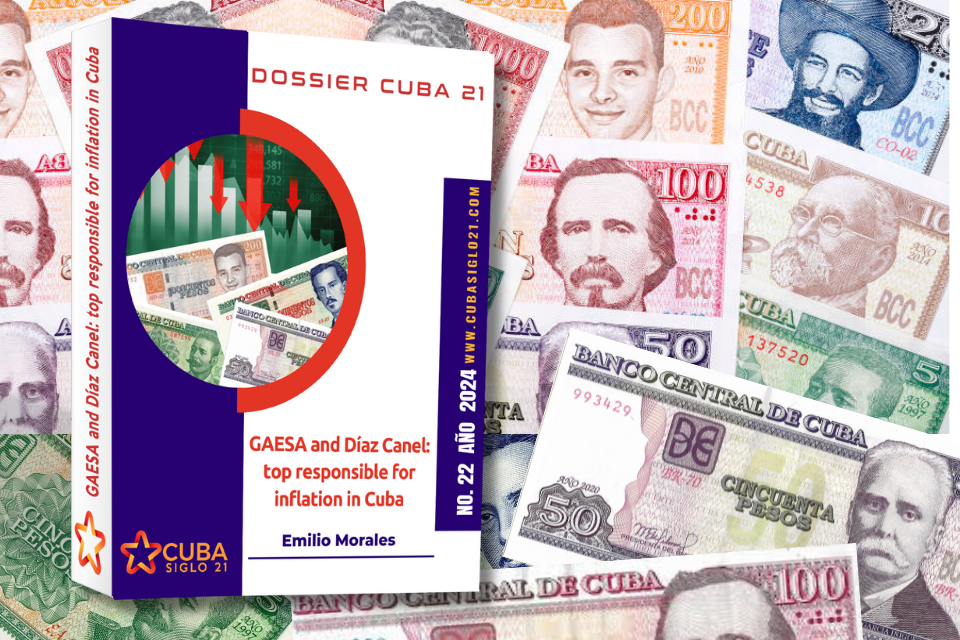
GAESA and Díaz Canel: top responsible for inflation in Cuba
The fall of the Cuban peso (CUP) against the dollar experienced in recent weeks denotes the government’s inability to reverse this situation that has already gotten out of control. The big culprits of inflation are GAESA -linked to the Castro clan and their cronies- and Miguel Díaz Canel, the president imposed by Raúl Castro.



